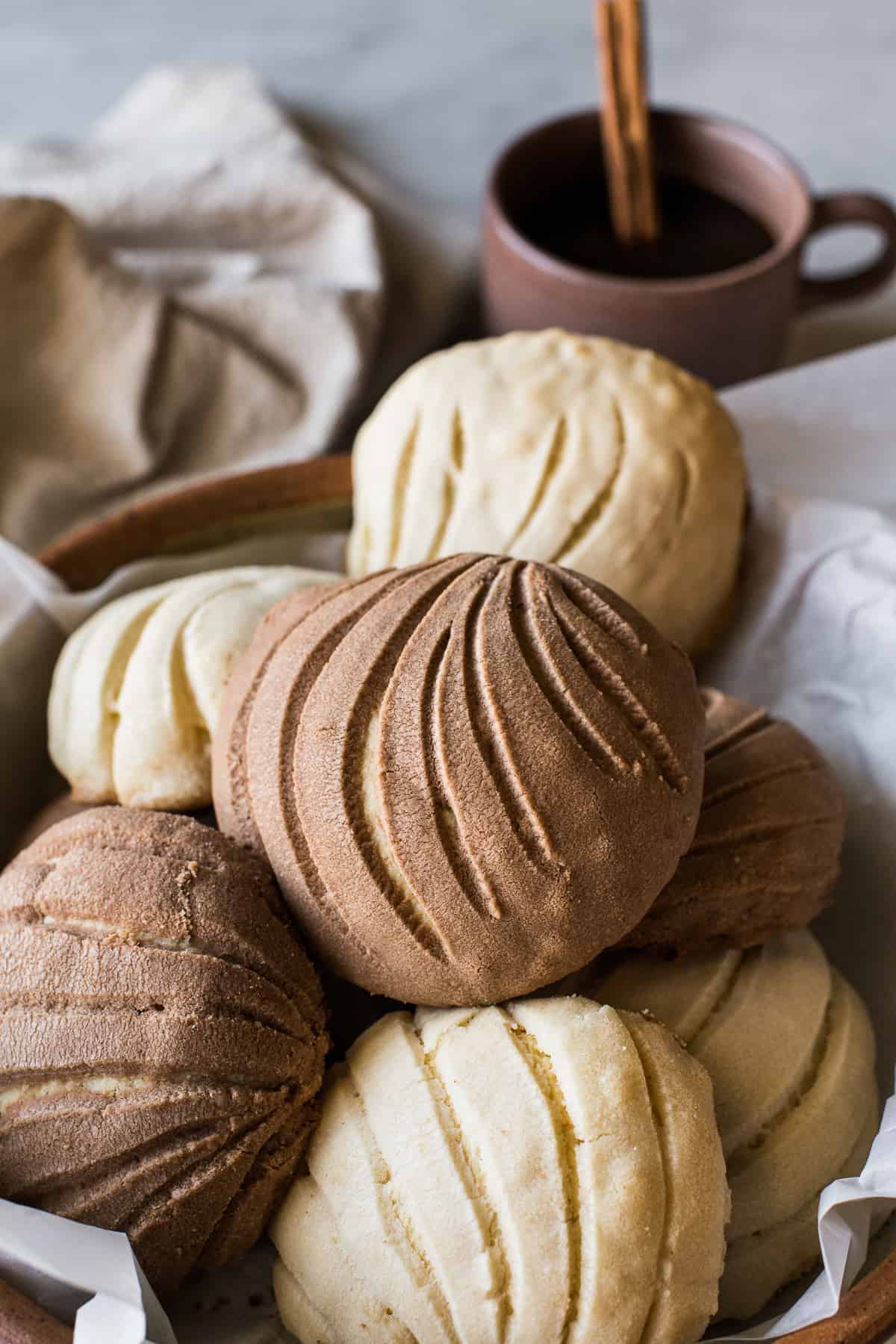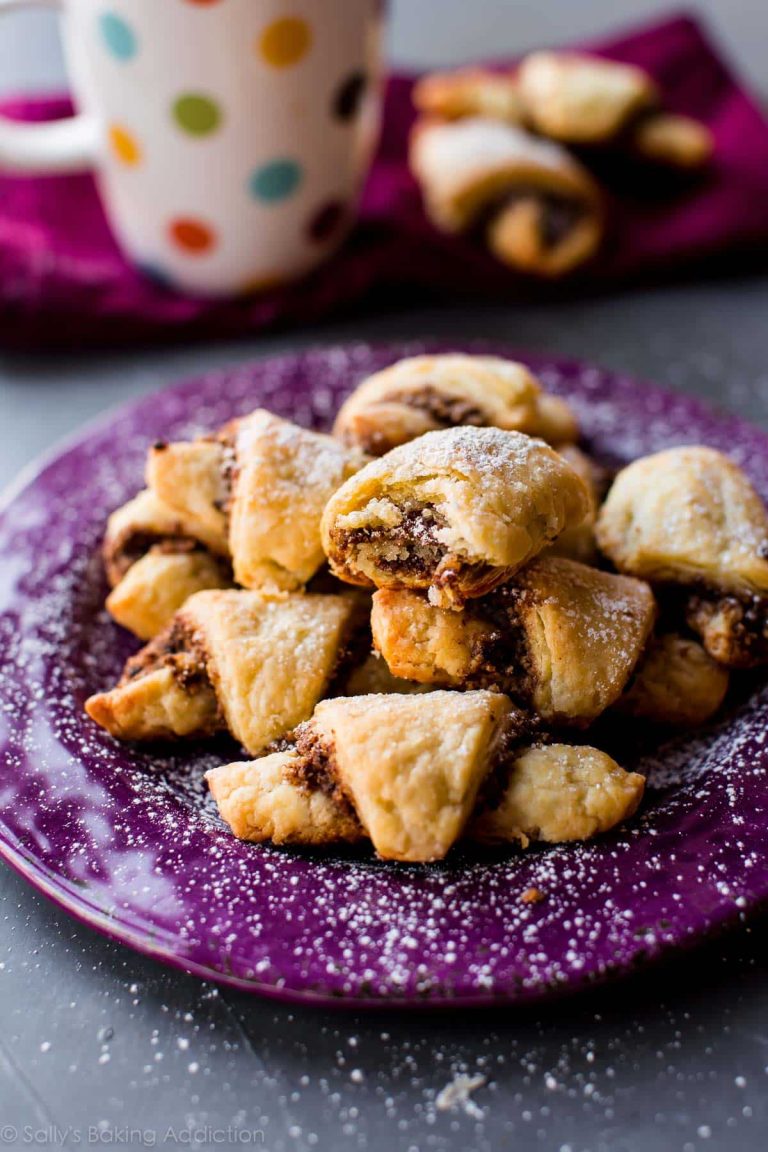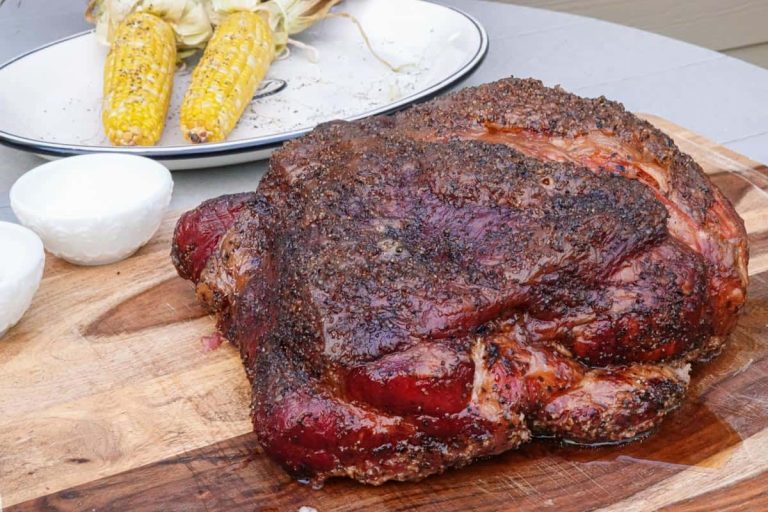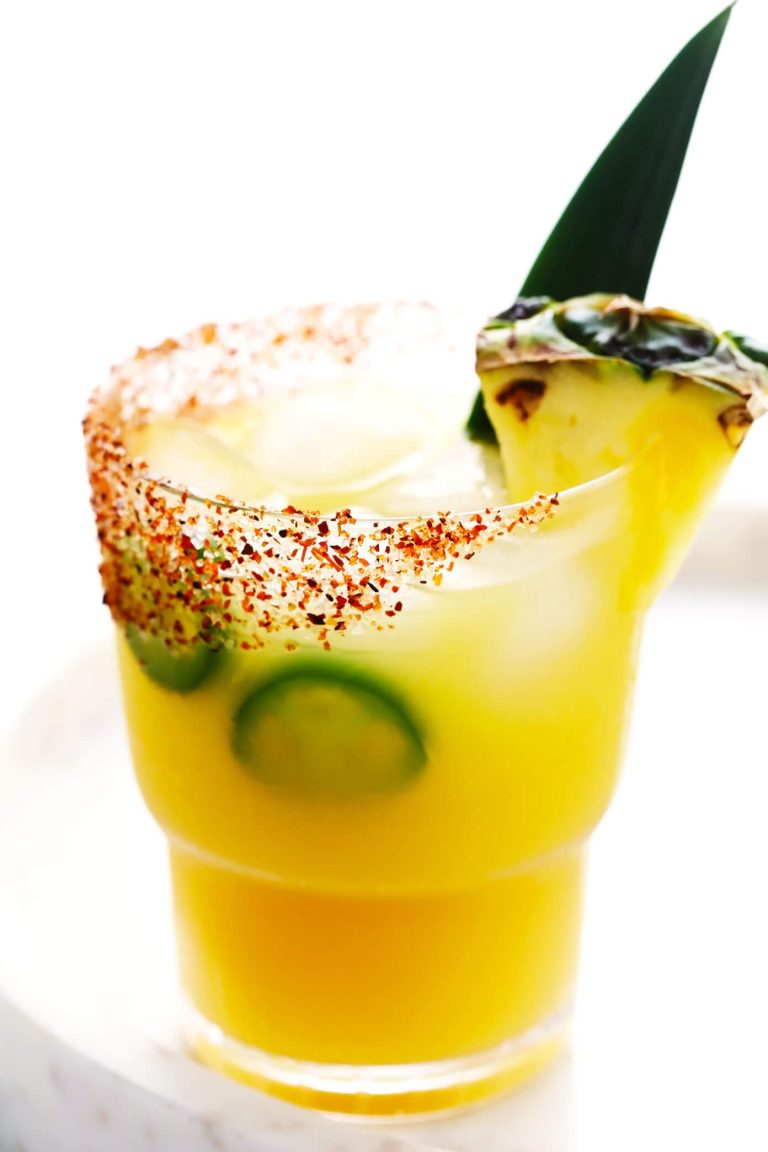Conchas Mexican Sweet Bread Recipe
Conchas, named for their seashell-like appearance, first appeared in Mexico during the colonial period. Spanish colonizers introduced wheat-based bread to the indigenous culinary scene, which previously utilized corn. By melding European baking techniques with native ingredients, bakers crafted conchas.
An early recipe dates back to 16th-century Mexico, detailing the use of wheat flour, sugar, and eggs. As the recipe evolved, Mexican bakers incorporated local flavors, resulting in the distinctive conchas we enjoy today.
Cultural Significance
Conchas are more than just a tasty treat in Mexico; they hold cultural importance. Recognized for their unique design, conchas symbolize community and culinary heritage. You often find them at family gatherings, celebrations, and festivals.
Bakeries across Mexico dedicate considerable effort to perfecting their conchas. The bread’s fluffy texture and sweet topping signify comfort and tradition. Despite modern variations, traditional conchas remain a favorite, showcasing the enduring legacy of Mexican baking.
Key Ingredients of Conchas
Flour, Sugar, and Yeast
Conchas rely on three fundamental ingredients: flour, sugar, and yeast. Flour gives the bread its structure and airy texture. All-purpose flour or bread flour is typically used for its protein content, which helps create the perfect crumb. Sugar not only sweetens the dough but also fuels the yeast, enhancing the rising process. Yeast, whether active dry or instant, acts as the leavening agent that makes the dough rise, resulting in a soft, fluffy bread.
Traditional Flavor Variants
Traditional flavor variants add personality to conchas through distinct toppings. Vanilla conchas, with their characteristic white topping, are a staple. Chocolate versions, featuring cocoa powder, offer a rich, dark alternative. Strawberry conchas use flavored toppings to provide a fruity twist. These variants, among others, cater to diverse taste preferences while maintaining the iconic design and flavor of Mexican sweet bread.
The Making of Conchas
Dough Preparation
Conchas start with a rich dough that combines flour, sugar, yeast, eggs, milk, and butter. Mix the flour, sugar, and yeast in a large bowl. Gently warm the milk and add it to the dry ingredients while mixing. Beat two eggs and mix them into the bowl. Add softened butter and knead until the dough is smooth and elastic, which can take about 10 minutes by hand or less using a mixer. Let the dough rise in a warm place covered with a damp cloth until doubled in size, usually 1 to 1.5 hours.
Shaping and Designing
Once the dough has risen, punch it down and divide it into equal portions. Roll each portion into a smooth ball and place them on a baking sheet lined with parchment paper. To create the iconic concha topping, mix flour, sugar, and butter until it forms a crumbly dough. Often, vanilla or chocolate flavorings are added for variety. Flatten small pieces of this topping dough and lay them over each bread ball. Use a concha cutter or a knife to score shell-like patterns into the topping. Allow the shaped dough to rise again for 30-45 minutes before baking at 350°F for about 20 minutes, until golden brown. This attention to detail creates the distinct texture and appearance that make conchas uniquely identifiable.
Conchas in Modern Cuisine
Incorporation in Fusion Desserts
Chefs globally innovate by integrating conchas into fusion desserts. Conchas make striking bases for ice cream sandwiches, providing a unique texture blend. Use conchas in bread puddings to add a sweet twist to traditional recipes. Substitute conventional bread with conchas in French toast to delight your taste buds with an unexpected flavor combination. Conchas cupcakes also gain popularity, combining the classic bread with cupcake batter for a creative dessert.
Conchas at Special Occasions
Modern parties often feature conchas on dessert tables, especially during celebrations like birthdays and weddings. You can decorate conchas in colors matching event themes, making them both delicious and visually appealing. Specialty bakeries now offer customizable conchas for events, providing a personalized touch. Consider conchas for holiday feasts to honor Mexican cultural influences. Include heart-shaped conchas for Valentine’s Day or themed toppings for Christmas, integrating tradition with modern festivity.
Health and Nutritional Aspects
Caloric Content Analysis
Conchas offer a delicious treat, but they are also calorie-dense. A standard-sized concha typically contains between 200 to 300 calories, depending on its size and ingredients. These calories mainly come from carbohydrates and fats. The dough is rich in butter and sugar, contributing to its soft texture and sweet taste. The topping, often a sugary paste, adds extra calories. While conchas can be a delightful indulgence, consuming them in moderation helps manage caloric intake.
Possible Dietary Modifications
If you are looking to enjoy conchas with fewer calories, there are several adjustments that can be made. Using whole wheat flour instead of refined flour can increase dietary fiber and nutrients. Alternatives like coconut sugar or stevia can replace white sugar to reduce overall sugar content. For those with dairy restrictions, plant-based butter and milk offer a suitable replacement without compromising taste. By making these modifications, conchas can fit better into varied dietary needs while maintaining their beloved flavor.
Conclusion
Conchas Mexican sweet bread truly embodies a rich blend of history tradition and innovation. Whether you’re savoring a classic vanilla concha or indulging in a modern twist like a concha ice cream sandwich these pastries offer a delightful experience for your taste buds. Their ability to adapt to various dietary preferences ensures that everyone can enjoy their unique flavor and texture. So next time you’re looking for a treat that combines cultural heritage with culinary creativity reach for a concha and relish in its sweet charm.






